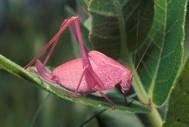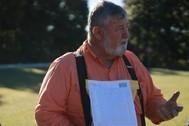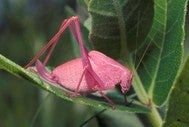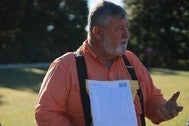
Xplor reconnects kids to nature and helps them find adventure in their own backyard. Free to residents of Missouri.


































Stay in Touch with MDC news, newsletters, events, and manage your subscription

Xplor reconnects kids to nature and helps them find adventure in their own backyard. Free to residents of Missouri.

A monthly publication about conservation in Missouri. Started in 1938, the printed magazine is free to residents of Missouri.






MONROE CITY, Mo. – Missouri’s natural history is greatly entangled with the history of native prairies as one third of the Show Me State was prairie land before European settlement. In the centuries since European settlement, many of Missouri’s natural prairies have been reduced or wiped out entirely.
The Missouri Department of Conservation (MDC), Missouri Master Naturalists and partner organizations are working to restore prairies in Missouri.
Originally, native prairies were primarily found north of the Missouri River and in the western portion of the state. Because of this, prairie restoration areas have been heavily focused on these regions.
In the northeast portion of the state near Kirksville and Hannibal, members of the Mississippi Hills chapter of the Missouri Master Naturalists have dedicated themselves to establishing seven prairies every year for seven years. These prairies are established on both private and public lands and range in size from less than an acre to several acres. Already, many prairies have been restored with more acreage set to be restored in the next year.
Establishing a native prairie is no small task. The first step to restoring native prairie species is the removal of invasive plants in the area. Prescribed burns along with the use of herbicides in the established prairie lands allows native species to grow without competition. Continued maintenance and a watchful eye over the area as the native plants begin growing can aid in their success.
Bob Kendrick, a board member of the Mississippi Hills chapter of the Master Naturalists, shared the mantra of establishing a prairie, “Weep, creep, and leap.” The first year of planting a prairie will not be beautiful and can cause one to weep, but the second year will show some plant life creeping into the area. The third year, or the “leap” portion of the saying, is when a prairie will typically begin to flourish.
Reestablishing native prairies to Missouri not only adds a layer of beauty to the landscape but also provides habitat for native insects and animals. Some native prairie animal and insect populations can adapt and live in various grassy environments, but many other species are unable to survive without the presence of certain plant species, communities, or environmental conditions that can only be found in prairies.
“We are losing prairie-chickens in Missouri because we have lost nearly all of our native prairies,” Kendrick stated, “but if we can start prairies, we will be saving more than we even know.”
Examples of species that are tied to prairies for survival are fritillary butterflies, prairie mole crickets, pink katydids, eastern tiger salamanders, northern crawfish frog, western narrow-mouthed toad, bullsnake, northern harrier, upland sandpiper, horned lark, Henslow’s and grasshopper sparrows, bees, and greater prairie-chickens. By reintroducing habitat for helpful insects, benefits can be felt all over.
Prairie restoration does not need to be done on a grand scale; every parcel of prairie restored equals more habitat for native species. The Missouri Master Naturalist program encourages landowners who are passionate about conservation to contact them to establish prairies on their land. For more information on the Mississippi Hills chapter of the Missouri Master Naturalists, go to Missouri Master Naturalists - Mississippi Hills Chapter.
MDC encourages all landowners to contact their local conservation office to speak with a private land conservationist to establish healthy land use practices. For more information about local MDC contacts by county, go to Local MDC Contacts | Missouri Department of Conservation (mo.gov)